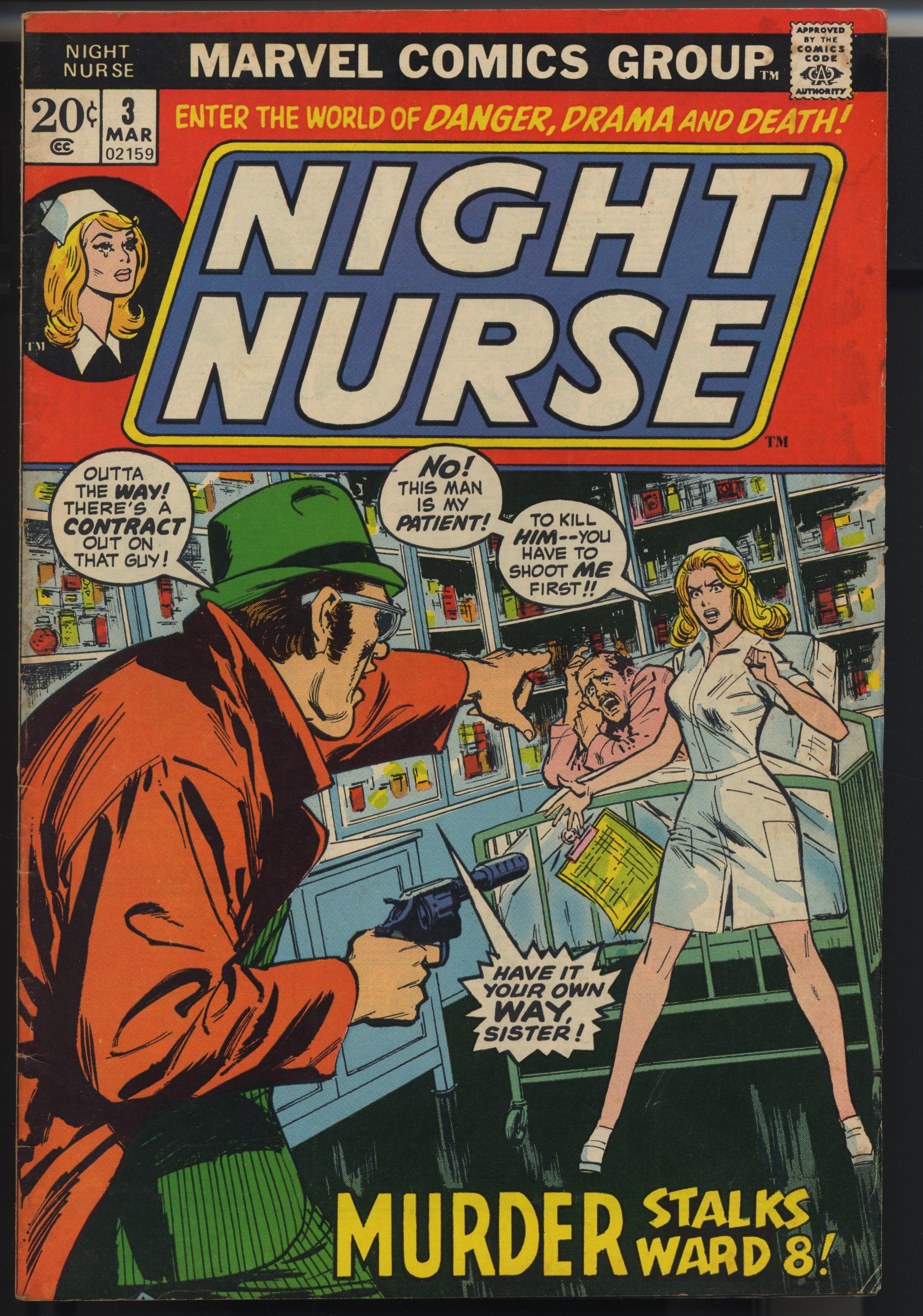Heroic Doctors and Nurses
Heroic Doctors
The overlap of the “golden” ages of medicine and comics in the mid-1900s resulted in medicine-themed series that glorified the practice of medicine and its clinicians. During this era of classic comic book superheroes and societal confidence in medicine, doctors and nurses became heroes performing life-saving acts not only in the hospital or operating room, but at the scene of a car accident or in the home of a dying child. In the context of the COVID-19 pandemic, the narrative and aesthetics of “healthcare workers are heroes” resonate in contemporary comics.
Whether facing a challenging diagnosis, an ethical question or a criminal patient, the white-coated (and often white and male) physician solves the dilemma with clinical skills, resolve, and professionalism. The heroic narrative of medical history was also emphasized in comics like Real Heroes and True Life Comics, with stories about Louis Pasteur, Robert Koch, and Alexander Fleming told alongside those of war heroes and presidents. The comic book treatment of doctors during this era reaffirmed their social status and power that was emblematic of the “golden” age of medicine.
Heroic Nurses
Nurses also received heroic treatment. Yet their depictions and roles often upheld gender stereotypes and professional hierarchies. Focusing less on their clinical skills to cure and more on their clinical skills to comfort, the nurses in these narratives often had to navigate sexual tension between and emotional attachments to/from doctors or patients. The medical hierarchy, in which the nurse is subordinate to the doctor, is firmly entrenched in these stories, but provides an opportunity for heroism when a nurse challenges suspect or unethical physicians.

